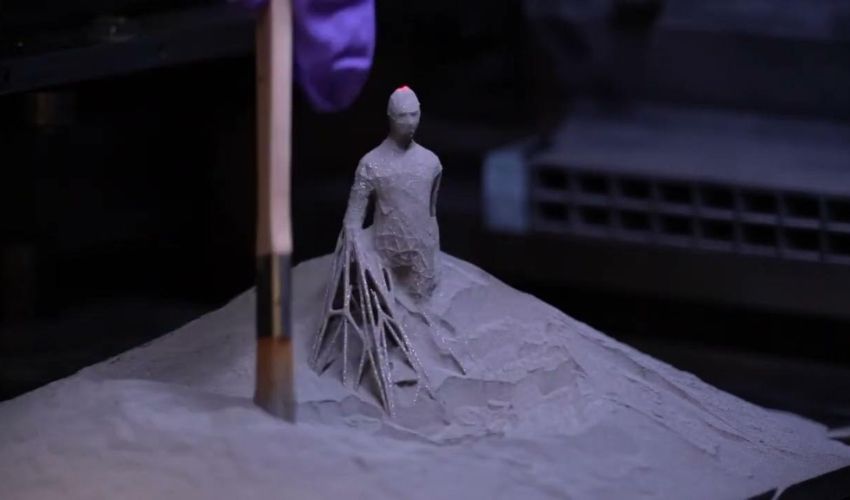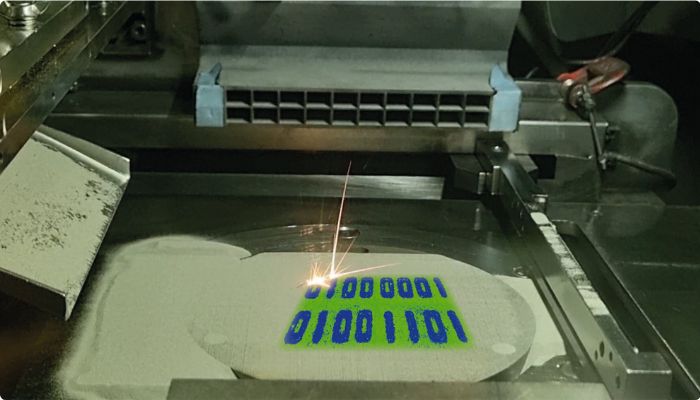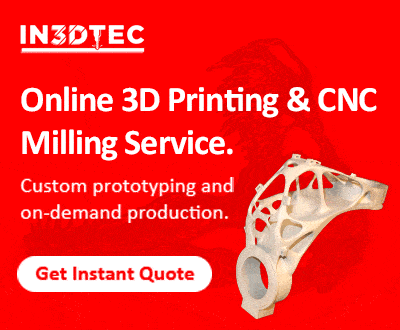More Cost-Effective 3D Printed Steel Without “Heating and Beating”

Even as metal 3D printing grows in popularity, especially as a way to create complex metal shapes, there are still obstacles to overcome. One significant one, can be the high production costs, for example due to the need for significant post-processing to improve the properties of the end part. Thankfully, researchers at the University of Cambridge may have found a solution. They have created a new metal 3D printing process, tested on steel, that they believe is even superior to heating and beating.
As its name suggest, heating and beating refers to the process wherein material is hardened with a hammer and then softened by fire. Think of traditional blacksmiths, as you may have seen in historical reenactments, who used the process often including for creating parts such as swords or horseshoes. However, it has its own downsides, notably it is less efficient than processes like metal 3D printing and not well-suited for particularly intricate parts.

A conceptual illustration from the research team to show how these processing strategies could be used in laser powder bed fusion
Still, there is a reason why these traditional processes have endured for so long. The lead on this project, Dr. Matteo Seita from Cambridge’s Department of Engineering, notes, “The reason why heating and beating is so effective is because it changes the internal structure of the material, allowing control over its properties. That’s why it’s still in use after thousands of years.”
But perhaps not for any longer. The idea is to overcome one of the major downsides of 3D printing techniques, not being able to control the internal structure of the material in the same way. In fact, this is one of the reasons why post-processing such as heat treatment is always necessary with metal 3D printing. By finding a way to restore this structure engineering capability without “heating and beating”, not only would costs be reduced by it, but being able to control the properties would also make it be easier to leverage the greener aspects of 3D printing, according to Seita.
Creating a New Metal 3D Printing Process Superior to ‘Heating and Beating’
All that to say, the researchers hope that this new process could help make metal 3D printing even more attractive as an option in the overall metal manufacturing industry. Done along with teams from Nanyang Technological University, the Agency for Science, Technology and Research (A*STAR), the Paul Scherrer Institute, VTT Technical Research Centre of Finland and the Australian Nuclear Science & Technology Organisation, the Cambridge team was able to create a ‘recipe’, as they call it, for 3D printing metal while still allowing a high degree of control over the internal structure.
In order to do this, Seita and his team turned specifically to lasers. By melting the material with a laser and then controlling the way the material solidifies after melting as well as the amount of heat generated during the process, the researchers can “program” the desired properties of the end material. Seita further explained, “We found that the laser can be used as a ‘microscopic hammer’ to harden the metal during 3D printing. However, melting the metal a second time with the same laser relaxes the metal’s structure, allowing the structural reconfiguration to take place when the part is placed in the furnace.”
The result? 3D printed parts that are not just inherently strong, but also no longer brittle (a common issuse). Indeed, the process gives full control over both strength and toughness with the winning combination of conventional laser-based 3D printing technologies and a furnace at a relatively low temperature. Initial experiments have shown as well that the 3D printed steel has a performance comparable to steel made with heating and beating.
Seita concluded, “We think this method could help reduce the costs of metal 3D printing, which could in turn improve the sustainability of the metal manufacturing industry. In the near future, we also hope to be able to bypass the low-temperature treatment in the furnace, further reducing the number of steps required before using 3D printed parts in engineering applications.” You can read more in the study, published in Nature Communications, HERE.
What do you think about this research into using the ‘heating and beating’ process to improving 3D printing for steel or other metal alloys? Let us know in a comment below or on our LinkedIn, Facebook, and Twitter pages! Don’t forget to sign up for our free weekly Newsletter here, the latest 3D printing news straight to your inbox! You can also find all our videos on our YouTube channel.







